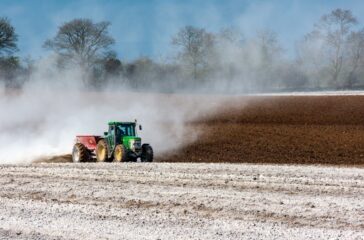When measuring a farm’s carbon footprint – Britain has the right answer
By Dean Dickel
The key to achieving climate mitigation in agriculture depends on an accurate measure of carbon sequestration and emissions of major greenhouse gases such as methane and nitrous oxide.
 EWG
EWG
